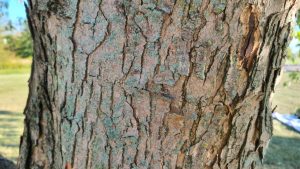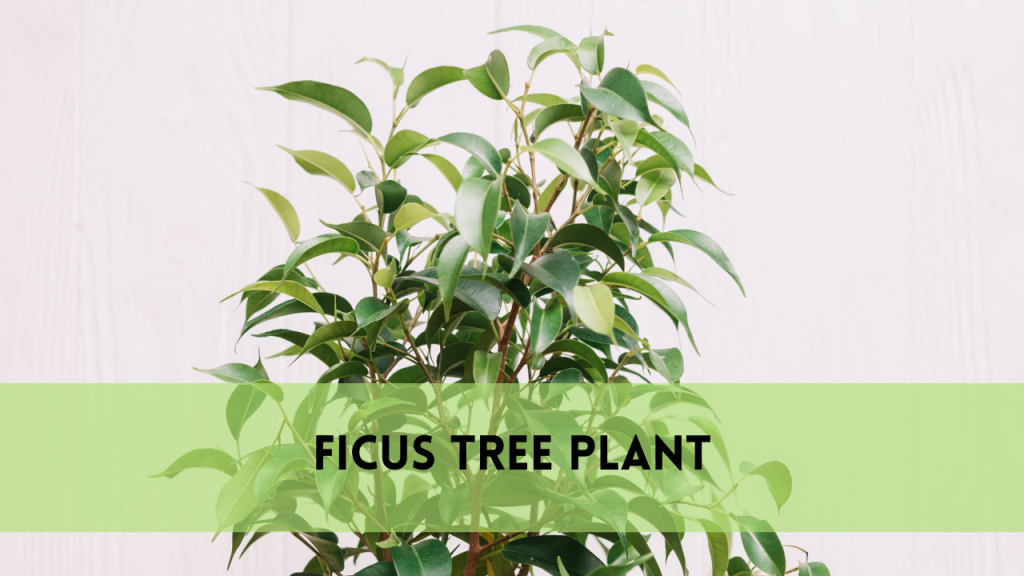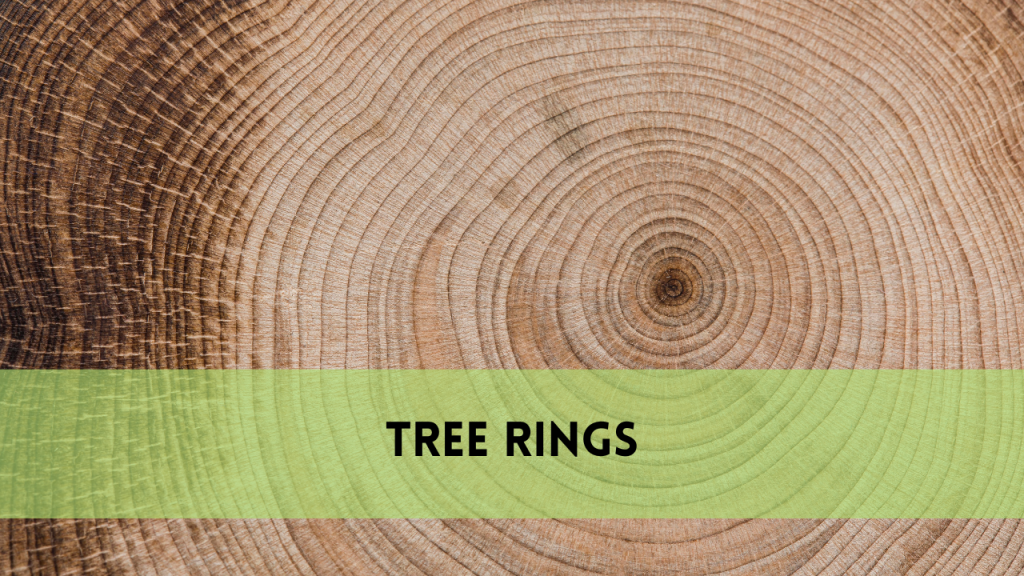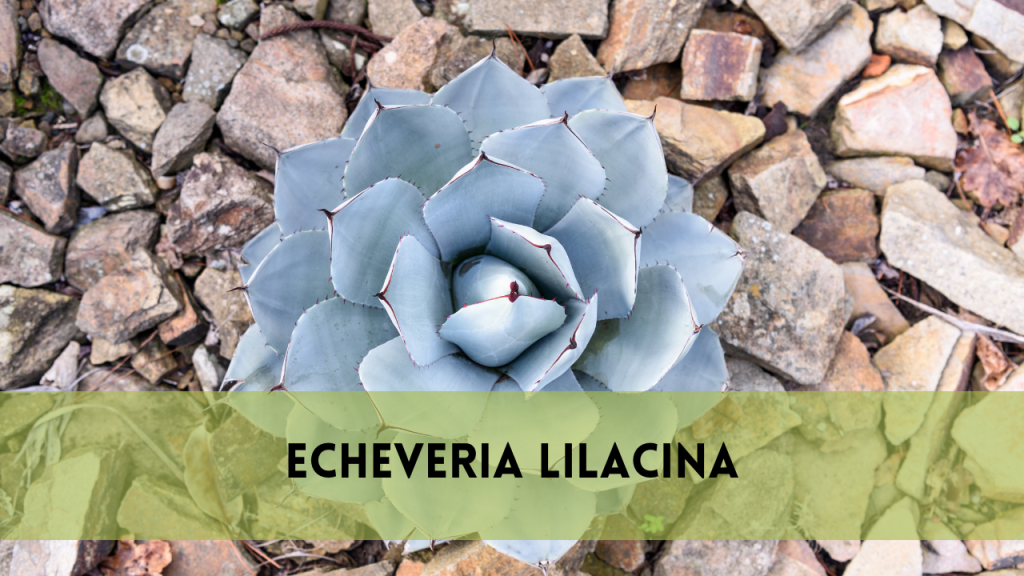Silver Maple Bark
Arborist Heights invites you to discover the wonderful world of silver maple bark. The silver maple (Acer saccharinum) is known not just for its beautiful foliage and quick growth but also for its unusual bark, which changes dramatically as the tree ages. From the smooth, silver-grey bark of immature saplings to the rugged, deeply furrowed texture of mature specimens, silver maple bark provides insight into the tree’s age and character. In this tutorial, we’ll look at the distinctive appearance, texture, and significance of silver maple bark, presenting insights that will expand your appreciation for this famous tree species and enable you to care for it properly.
Silver maple bark
Importance of Bark for Silver Maples
The bark of silver maples (Acer saccharinum) acts as a critical protective barrier, shielding the tree from different environmental stressors and preserving general health and lifespan. Silver maple bark protects the tree’s sensitive interior tissues against temperature variations, moisture loss, pests, and diseases.
Silver maple bark is important for nutrition and water transmission throughout the tree to its protective function. The outer bark layer contains specialized tissues, such as the phloem, which transports sugars created during photosynthesis from the leaves to the rest of the tree. Furthermore, the bark regulates the passage of water and nutrients between the roots and the canopy, promoting the tree’s growth and metabolic activities.
Overall, the bark of silver maples is critical to their survival and well-being, making it an important part of their anatomy and ecosystem resilience.
Appearance and texture
Smooth Bark in Young Trees: When young, silver maple bark has a soft texture with a silver-grey tone, often accompanied by slight vertical ridges and shallow furrows.
Rough Texture Development: As the tree grows, its bark texture becomes rougher, with deeper furrows and a scaly appearance.
Distinctive coloration: The bark of silver maples is known for its silvery-grey color, which gives the tree its name and adds to its beauty.
Texture Variations: Silver maple bark’s texture can vary depending on environmental conditions and tree health, ranging from comparatively smooth to rough and severely furrowed.
Unique pattern and features: Silver maple bark may include uneven cracks, elevated lenticels, and moss or lichen patches, which add to its visual appeal and individuality.
Bark pattern and features
Silver maple bark may develop uneven fissures as it ages, resulting in distinct patterns and textures on its surface.
Elevated Lenticels: These little, elevated structures on the bark’s surface promote gas exchange and can vary in size and distribution throughout the tree.
Occasional Moss or Lichen Patches: Depending on the habitat, moss or lichen patches may appear on the bark, adding to its visual appeal.
Peeling or flaking: In elderly silver maples, the bark may peel or flake, revealing lighter-colored inner bark.
Individuality: Every silver maple tree has unique bark patterns and characteristics that reflect its growth history and environmental influences.
Environmental factors and bark health
Environmental factors significantly influence the health and condition of silver maple bark. Temperature, moisture, pollution, and physical injury can all have an impact on bark integrity and resilience.
Temperature Fluctuations, Extreme heat or cold can cause the bark to crack, split, or sunscald. Sudden temperature swings, particularly in winter, can induce frost cracks or frost heaving, further jeopardizing bark health.
Drought can cause bark dryness and cracking, whereas too much moisture can promote fungal growth and decay. Proper watering and drainage control are essential for keeping bark healthy.
Air pollution, such as car exhaust or industrial pollutants, can accumulate on the bark’s surface, causing discoloration, damage, or interfering with gas exchange.
Mechanical damage from lawnmowers, trimmers, or construction equipment can produce wounds, cuts, or abrasions in the bark, creating entry points for pests and illnesses.
By reducing environmental stresses and adopting basic tree care procedures, such as frequent inspection and maintenance, you may improve the health and durability of silver maple bark.
Maintenance and care tips
Periodic Inspection: Check the silver maple tree’s health and bark condition. Cracks, discoloration, and odd growths are indicators of damage, disease, or insect infestation.
Pruning: Schedule regular pruning appointments to remove dead, diseased, or damaged branches, as well as any branches that pose a safety risk. To aid healing, prune using sharp, clean tools, and make cuts just outside the branch collar.
To avoid mechanical damage to the bark, put protective barriers around the tree during lawn maintenance activities, and avoid using string trimmers or lawn mowers too close to the trunk.
Maintain Soil Moisture: Water the tree when it is dry, especially in the summer. To conserve moisture and regulate soil temperature, apply mulch around the tree’s base.
Monitor Environmental Conditions: Keep track of local weather patterns and environmental conditions that may have an impact on the tree’s health. Take precautions to reduce potential hazards, such as providing shade during heatwaves or sheltering the tree from frost damage in the winter.
By following these maintenance and care recommendations, you can help maintain the health and vitality of the silver maple bark, ensuring the tree’s long-term viability.
FAQS
What gives silver maple bark its silvery-grey color?
Various factors, such as the presence of natural pigments and light reflection on the bark’s surface, contribute to the silver-grey hue of silver maple bark.
Is it usual for silver maple bark to flake or peel?
Older silver maple trees frequently exhibit peeling or flaking bark, particularly as they grow. This natural process might reveal areas of lighter-colored inner bark beneath.
How can I avoid damaging silver maple bark while landscaping?
Avoid using string trimmers or lawnmowers at the base of trees to avoid mechanical damage like cuts or abrasions. Consider building protective barriers or mulch rings to protect the bark.
Conclusion
The silver maple tree’s bark is a protective outer layer and a visual trademark of this cherished species. Arborist Heights celebrates silver maple bark’s distinct traits and significance. Silver maple bark, with its characteristic silver-grey coloring and intriguing patterns and features, adds beauty and robustness to landscapes. Understanding the environmental conditions that influence bark health and following suitable maintenance procedures can help homeowners preserve their silver maple trees’ longevity and vitality. In every stage of the process, Arborist Heights is here to assist you with silver maple care and maintenance.





